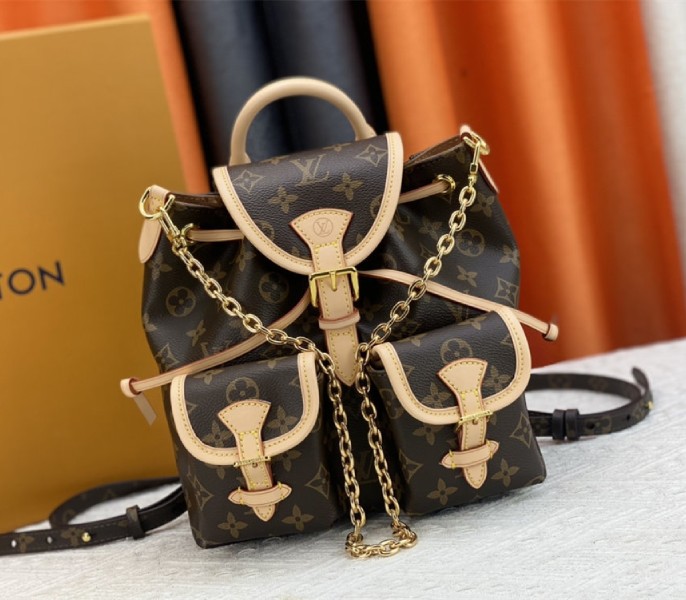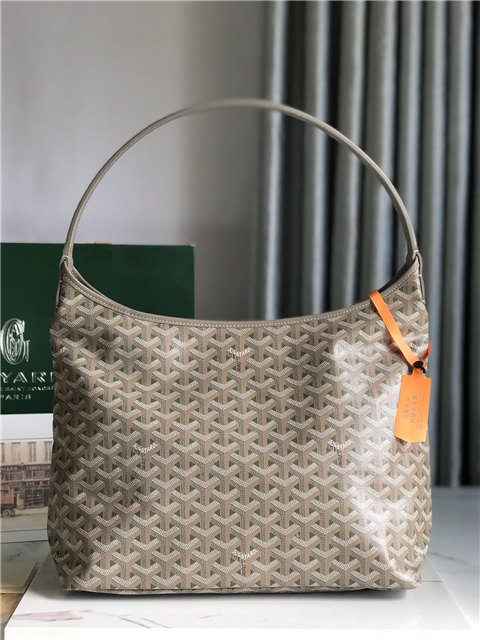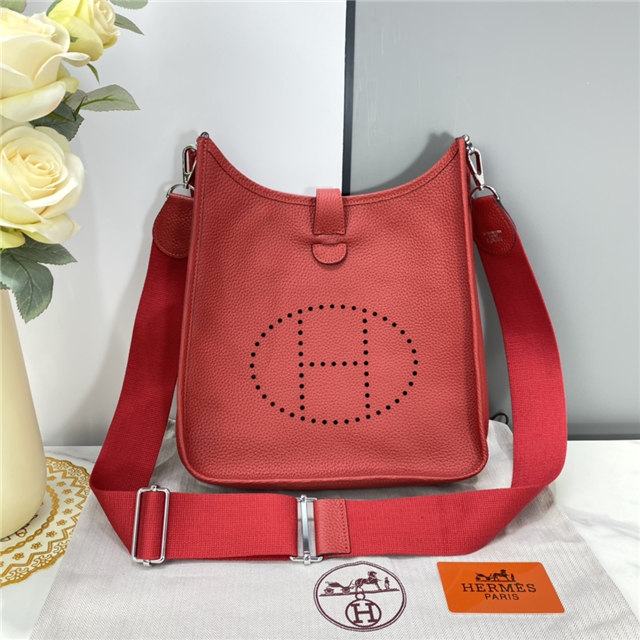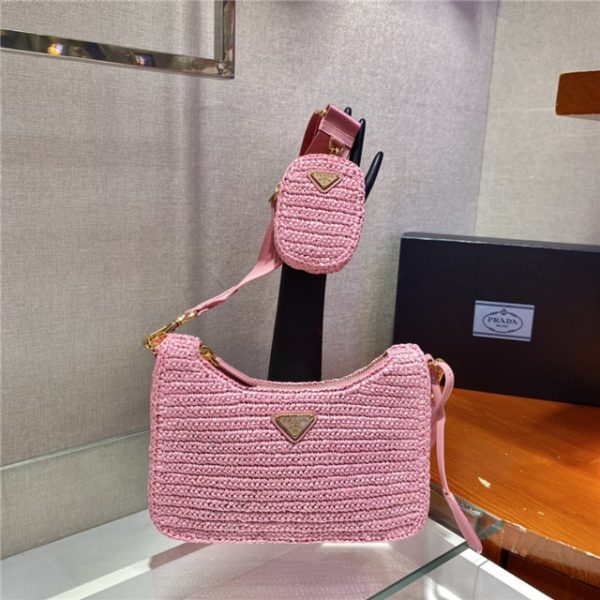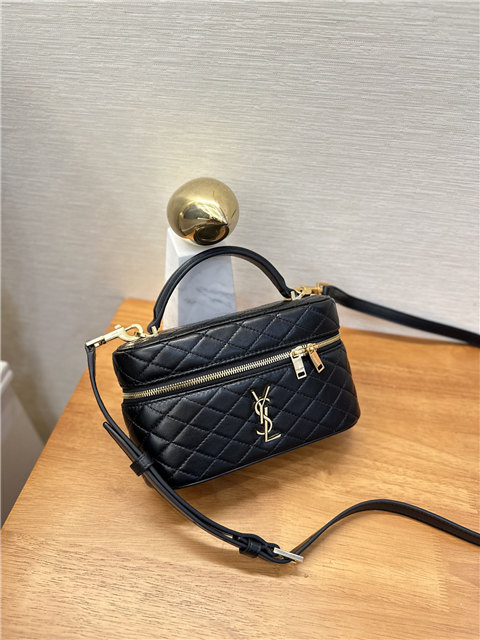First off, let’s just say that if you bought it for, like, $20 at a garage sale, prepare for disappointment. I mean, Piagets ain’t cheap, even the old ones. Just sayin’.
Right, so, *where* did you get it? An estate sale, you say? Could be legit, could be not. Estate sales can be goldmines, but they’re also prime hunting grounds for folks offloading stuff they, uh, “acquired” elsewhere. So, keep your eyes peeled.
Now, the real meat and potatoes. Authenticity markers, baby! Genuine Piaget watches are usually covered in markings. Like, they *love* their engravings. Look for the Piaget logo. Is it crisp? Is it clean? Is it actually *there*? Then there’s the model name, and most importantly, the serial number. If you can’t find a serial number, that’s a HUGE red flag. Like, run-for-the-hills red flag. Someone out there mentioned they couldn’t find any numbers on their watch, plus no crystal! That’s like, double the red flags!
And speaking of the crystal (or lack thereof!), pay attention to the materials. Piaget uses high-quality stuff. Like, *really* high-quality. Does the metal feel cheap and flimsy? Does the gold look like it’s gonna flake off at any second? Yeah, that’s probably a fake. A real Piaget feels solid, substantial.
Now, this is where it gets complicated: the movement. You probably can’t pop the back off yourself unless you’re a watchmaker (and if you are, why are you even reading this?). That’s why you’re smart to take it to a local watchmaker – they’ll know what to look for. A genuine Piaget movement is a thing of beauty, intricate and precise. A fake? Well, it’ll look like a bunch of random gears thrown together. Someone in one of those snippets said their Piaget was “99% fake”. Yikes! Trust the pros, people.
One thing I always find… amusing… is how people think they can just *tell* by looking at it online. Pictures can be deceiving! Lighting, angles, filters… they can hide a lot. Plus, fakes are getting *really* good these days. Some of those Rolex fakes are practically indistinguishable from the real deal.
Okay, so let’s recap, in no particular order:
* Serial Number: Gotta have it.
* Materials: High quality = good. Cheap crap = bad.
* Engravings: Crisp and clear, not blurry or missing.
* Weight: Should feel substantial.
* Movement: Let a pro check it.
* Price: If it’s too good to be true, it probably is.

